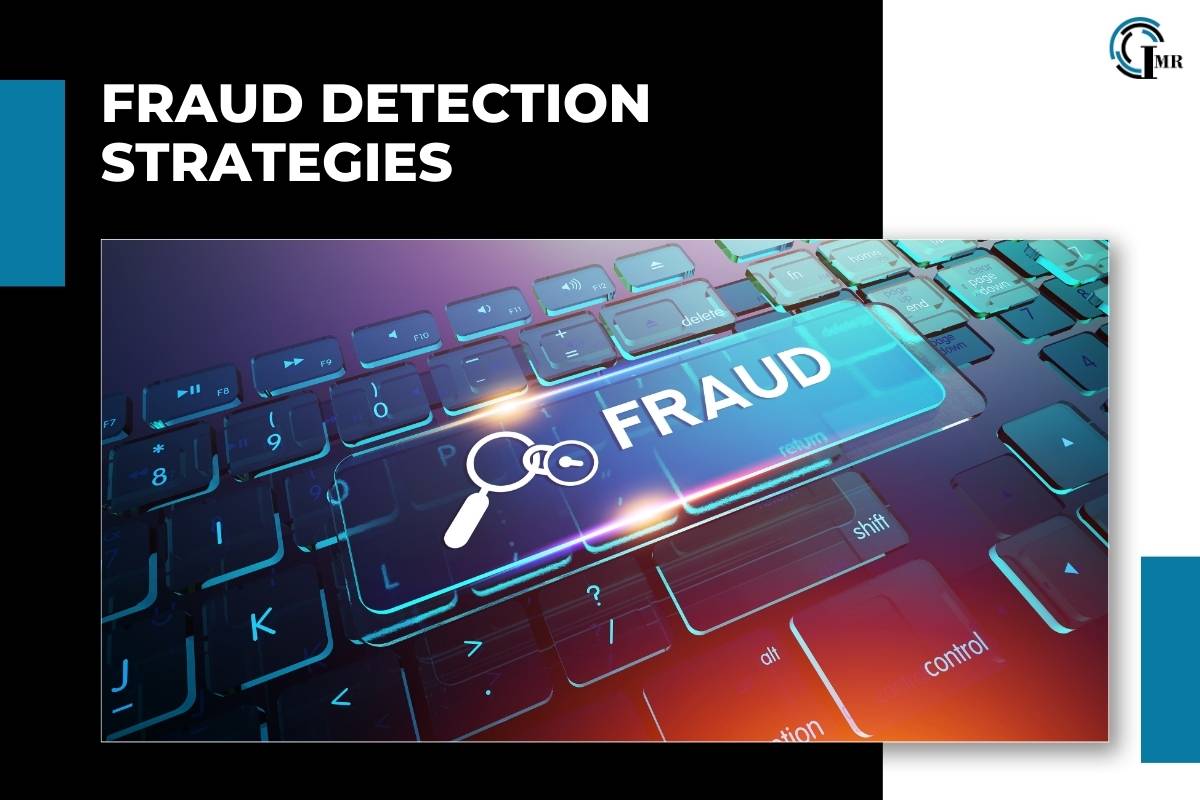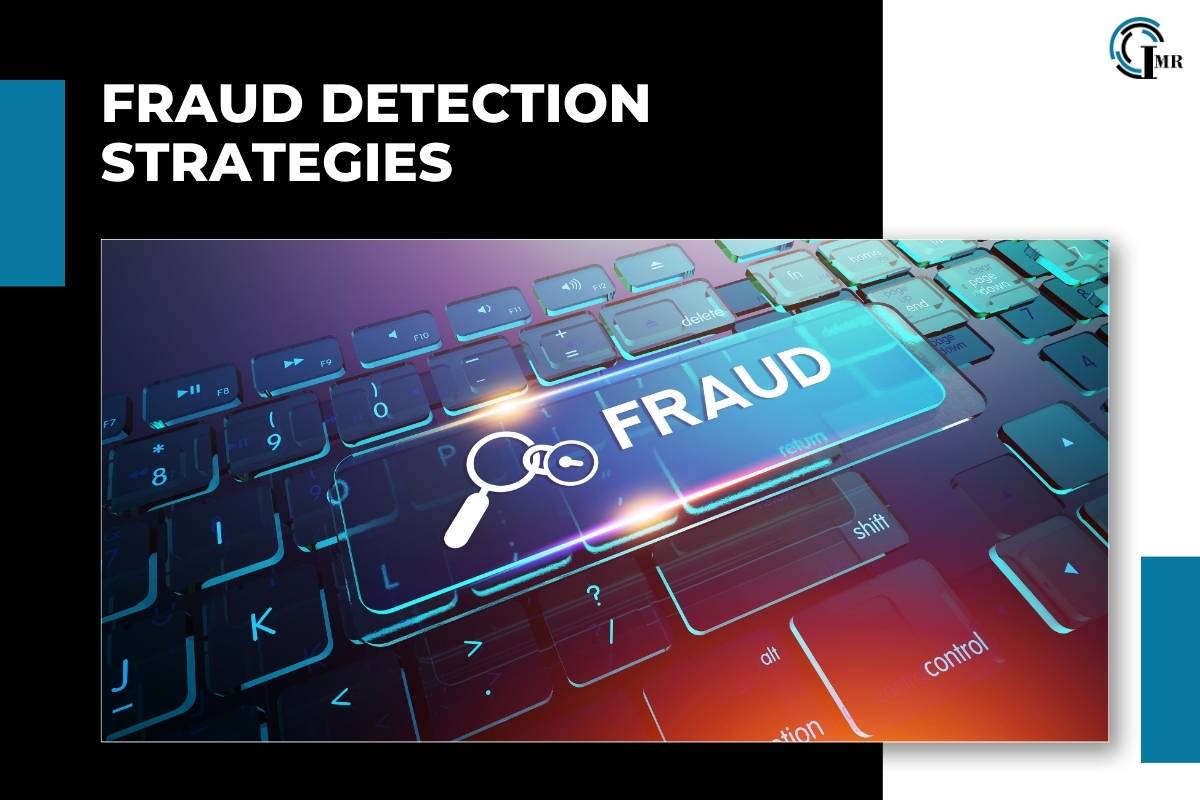10 Pro Fraud Detection Strategies To Help You Safeguard Your Business

Fraud is a pervasive issue that affects businesses of all sizes and industries. With the advent of digital technology, the methods used by fraudsters have become more sophisticated, making it imperative for companies to adopt advanced fraud detection strategies. In this comprehensive guide, we will explore various fraud detection strategies that can help safeguard your business. Additionally, we will touch upon the role of the graph database market in enhancing these strategies.
Understanding Fraud Detection
Fraud detection refers to the identification and prevention of deceitful activities carried out to gain an unfair advantage. These activities can range from financial fraud, identity theft, and cyber fraud to more complex schemes like money laundering. Effective fraud detection strategies not only protect a company’s assets but also maintain its reputation and customer trust.
Key Fraud Detection Strategies

1. Data Analytics and Machine Learning
Data Analytics: Leveraging data analytics is one of the most effective ways to detect fraud. By analyzing large volumes of data, businesses can identify unusual patterns and behaviors that may indicate fraudulent activity. Data analytics tools can process transactions in real-time, flagging any anomalies for further investigation.
Machine Learning: Machine learning algorithms are capable of learning from historical data to predict future fraudulent activities. These algorithms can analyze transaction patterns, customer behavior, and other relevant data to detect anomalies. Over time, machine learning models become more accurate as they adapt to new types of fraud.
2. Real-Time Monitoring
Real-time monitoring involves continuously overseeing transactions and activities as they occur. This approach allows businesses to detect and respond to fraudulent activities immediately. Real-time monitoring systems can be integrated with machine learning models to provide instant alerts and recommendations.
3. Multi-Factor Authentication (MFA)
Multi-factor authentication adds an extra layer of security by requiring users to provide two or more verification factors to gain access to an account or perform a transaction. Common MFA methods include:
- Something you know: Password or PIN
- Something you have: Mobile device or security token
- Something you are: Biometric verification (fingerprint, facial recognition)
Implementing MFA significantly reduces the risk of unauthorized access and fraud.
4. Behavioral Biometrics
Behavioral biometrics analyzes the unique ways individuals interact with their devices, such as typing speed, mouse movements, and touch gestures. By creating a behavioral profile for each user, businesses can detect deviations that may indicate fraudulent activity. Behavioral biometrics can be particularly useful in detecting account takeover fraud.
5. Anomaly Detection

Anomaly detection involves identifying outliers or unusual patterns within a dataset. This strategy can be applied to various aspects of business operations, such as financial transactions, network traffic, and user behavior. Advanced anomaly detection techniques, such as clustering and statistical analysis, can help pinpoint potential fraud.
6. Risk-Based Authentication
Risk-based authentication assesses the risk level of a transaction or user activity before granting access. Factors considered include:
- Geolocation: Is the user logging in from an unusual location?
- Device recognition: Is the device used for access recognized and trusted?
- Transaction amount: Is the transaction amount significantly higher than usual?
Based on the risk assessment, additional authentication steps may be required.
7. Graph Databases for Fraud Detection
Graph databases are a powerful tool in the fight against fraud. Unlike traditional databases, which store data in tables, graph databases store data in nodes and edges, representing entities and their relationships. This structure is particularly effective for detecting complex fraud patterns, such as:
- Money laundering networks
- Collusion between entities
- Sophisticated cyber-attacks
The graph database market has seen significant growth due to its applications in fraud detection. Businesses can leverage graph databases to visualize and analyze relationships between different data points, making it easier to spot fraudulent activities.
The Role of the Graph Database Industry
The graph database Industry is expanding rapidly as more businesses recognize the benefits of using graph databases for fraud detection. The ability to analyze and visualize complex relationships between data points is invaluable for identifying sophisticated fraud schemes. As the graph database market continues to grow, we can expect further advancements in fraud detection capabilities.
Graph databases excel at uncovering hidden patterns and connections that may not be apparent in traditional databases. For example, a fraud detection system using a graph database can identify a network of fraudulent transactions by analyzing the relationships between different accounts, transactions, and entities. This level of analysis is crucial for detecting fraud rings and other complex schemes.
Benefits of Using Graph Databases
- Speed and Efficiency: Graph databases can quickly traverse relationships between data points, allowing for real-time detection of fraudulent activities.
- Scalability: As businesses grow and generate more data, graph databases can scale to accommodate the increasing volume of information.
- Flexibility: Graph databases can adapt to changing data structures and incorporate new types of data without requiring extensive reconfiguration.
- Insightful Visualization: The ability to visualize relationships between data points makes it easier to identify patterns and anomalies.
Implementing Fraud Detection Strategies

Step 1: Assess Your Fraud Risk
Begin by evaluating your business’s exposure to fraud. Identify the most vulnerable areas and assess the potential impact of fraudulent activities. This assessment will help you prioritize your fraud detection efforts.
Step 2: Choose the Right Tools
Select the tools and technologies that best suit your business needs. Consider incorporating data analytics, machine learning, real-time monitoring, and graph databases into your fraud detection strategy.
Step 3: Integrate and Automate
Integrate your fraud detection tools with existing systems and automate as much of the process as possible. Automation reduces the risk of human error and ensures consistent monitoring and response.
Step 4: Train Your Team
Ensure that your employees are trained to recognize and respond to potential fraud. Regular training sessions and updates on the latest fraud trends and detection techniques are essential.
Step 5: Monitor and Adjust
Continuously monitor the effectiveness of your fraud detection strategies and make adjustments as needed. Stay informed about emerging fraud tactics and adapt your approach accordingly.
Conclusion
Fraud detection is an ongoing process that requires vigilance, advanced tools, and a proactive approach. By implementing a combination of data analytics, machine learning, real-time monitoring, multi-factor authentication, behavioral biometrics, anomaly detection, and leveraging the power of the graph database market, businesses can significantly reduce their risk of fraud. As the landscape of fraud continues to evolve, staying ahead of the curve with robust fraud detection strategies is essential for protecting your assets and maintaining customer trust.





Comments